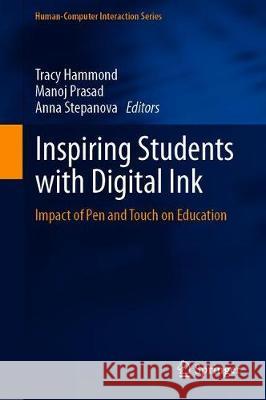Inspiring Students with Digital Ink: Impact of Pen and Touch on Education » książka
topmenu
Inspiring Students with Digital Ink: Impact of Pen and Touch on Education
ISBN-13: 9783030173975 / Angielski / Twarda / 2019 / 199 str.
Inspiring Students with Digital Ink: Impact of Pen and Touch on Education
ISBN-13: 9783030173975 / Angielski / Twarda / 2019 / 199 str.
cena 402,53
(netto: 383,36 VAT: 5%)
Najniższa cena z 30 dni: 385,52
(netto: 383,36 VAT: 5%)
Najniższa cena z 30 dni: 385,52
Termin realizacji zamówienia:
ok. 22 dni roboczych
Dostawa w 2026 r.
ok. 22 dni roboczych
Dostawa w 2026 r.
Darmowa dostawa!
Kategorie:
Kategorie BISAC:
Wydawca:
Springer
Seria wydawnicza:
Język:
Angielski
ISBN-13:
9783030173975
Rok wydania:
2019
Wydanie:
2019
Ilość stron:
199
Waga:
0.57 kg
Wymiary:
23.5 x 15.5
Oprawa:
Twarda
Wolumenów:
01











